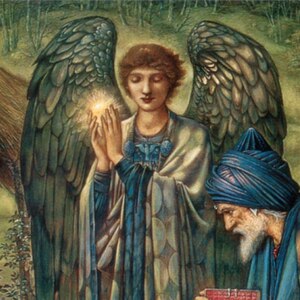
Here is an interesting excerpt from Early Christianity and Ancient Astrology by Tim Hegedus. (I learned of the book through fortuitous serendipity via astrotheology supporters who describe the book as “a good one”, though their view appears to be based on the cover description alone. It doesn’t do anything to support astrotheology. Quite the opposite, in fact. But I agree it is an interesting book. I had a chance to catch up with it at the University of Queensland library yesterday.)
[The Magi] ask for “the newborn king of the Jews” whose star they have seen “at its rising” (ἐν τῇ ἀνατολῇ) (v. 2, cf. v. 9). (This translation is preferable to “in the east” of older versions [so KJV and RSV], which would be properly ἐν [ταῖς] ἀνατολαῖς.)
The statement of the Magi is not a reference to a time of day, but rather is calendrical (cf. the phrase “the time of the star’s appearing” [τὸν χρόνον τοῦ φαινομένου ἀστέρος] in 2.7): “rising” means the star’s heliacal rising, i.e. the first time in the year that it was visible rising ahead of the sun before dawn. The usual technical term for this was έχιτολῇ but ἀνατολῇ could be used for the heliacal rising as well; the latter seems to be the case in Matt 2.2.
According to the narrative, the heliacal “rising” of the star held significance for the Magi as an astrological omen. It was this more ancient form of astrology, rather than horoscopic astrology, in which the Magi were engaged.
A recent study by Michael Molnar argues that the most likely horoscope in which professional astrologers such as the Magi would have been interested was the appearance of the Sun, Moon, Jupiter and Saturn (all regal signs) in Aries on April 17, 6 B.C.E. However, Molnar’s conclusions are overly sophisticated: there is no need to interpret the Matthean text in terms of technical or sophisticated astrology such as that of Ptolemy and Firmicus Maternus. Rather, the star of Matthew 2.1-12 derives from the widespread belief (found already in Plato) that all people have a “natal star” which appears at their birth and passes away with them, a belief according to the elder Pliny was commonly held among the general population. Continue reading “The Star of Bethlehem — the “common-sense view””
